It might be hard to believe, but there is a bunch of animals that start with W. In today’s post, you’ll learn all about these incredible animals that start with the letter W!
With so many weird and cute creatures, it isn’t hard to imagine there are lots of animals beginning with W on our planet.
That’s why we created this article with some of the most fascinating creatures so you can learn many exciting things about these animals that begin with W.
Looking this up for a school project or simply because you’re curious? You’re in the right place.
Hey, mate! Did we miss any animal that starts with the letter W? Then comment below.
Animals That Start With W
Here are some incredible animals that begin with the letter W.
Whale Shark

Well – now that’s amusing! Whale sharks are not a type of whale but are sharks. This breed of shark is also the world’s largest fish and can grow up to 40 feet in length!
These filter-feeding sharks are found in different oceans across the world, except the Mediterranean Sea.
Wolf Spider
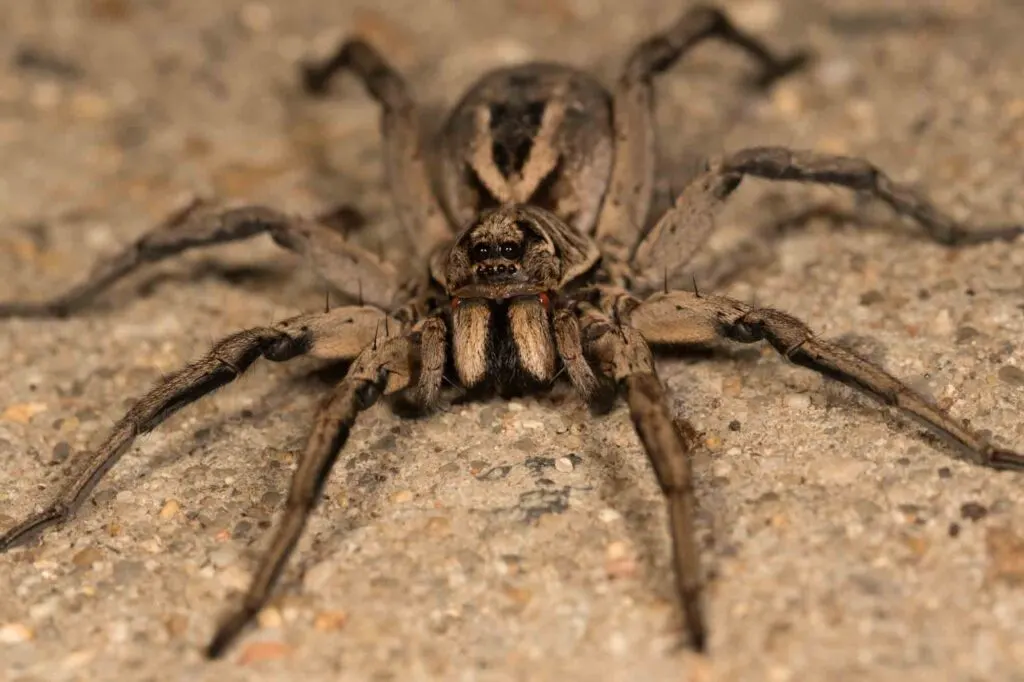
Wolf spiders have broad distributions and can be found everywhere on the planet except in the polar region and the Antarctic.
When threatened or provoked, the wolf spiders bite and inject their venom.
Their bite can cause pain, itching, and swelling. Necrotic bites have also been reported, which is why they are among the most venomous spiders in the world.
Wolf Eel
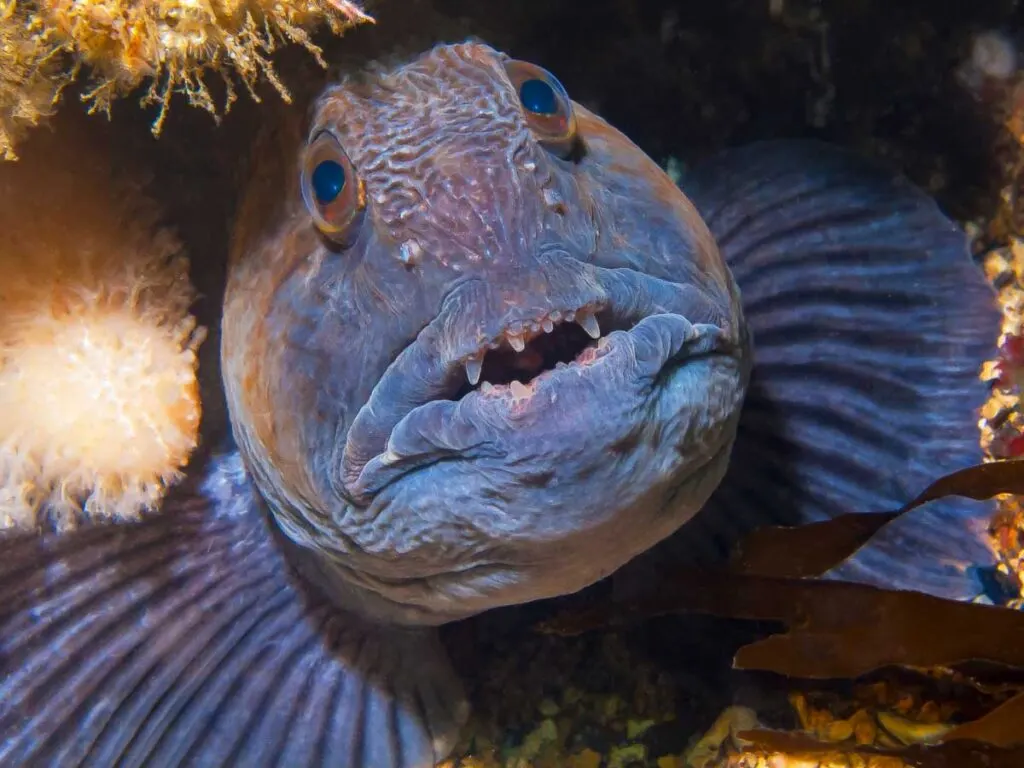
Wolf eels are species of marine ray-finned fish belonging to the family Anarhichadidae, the wolf fishes. They are found in the North Pacific Ocean.
Despite their common name and resemblance, they are not true eels. These fish can reach up to 7 feet long and weigh 41 pounds.
West Indian Manatee
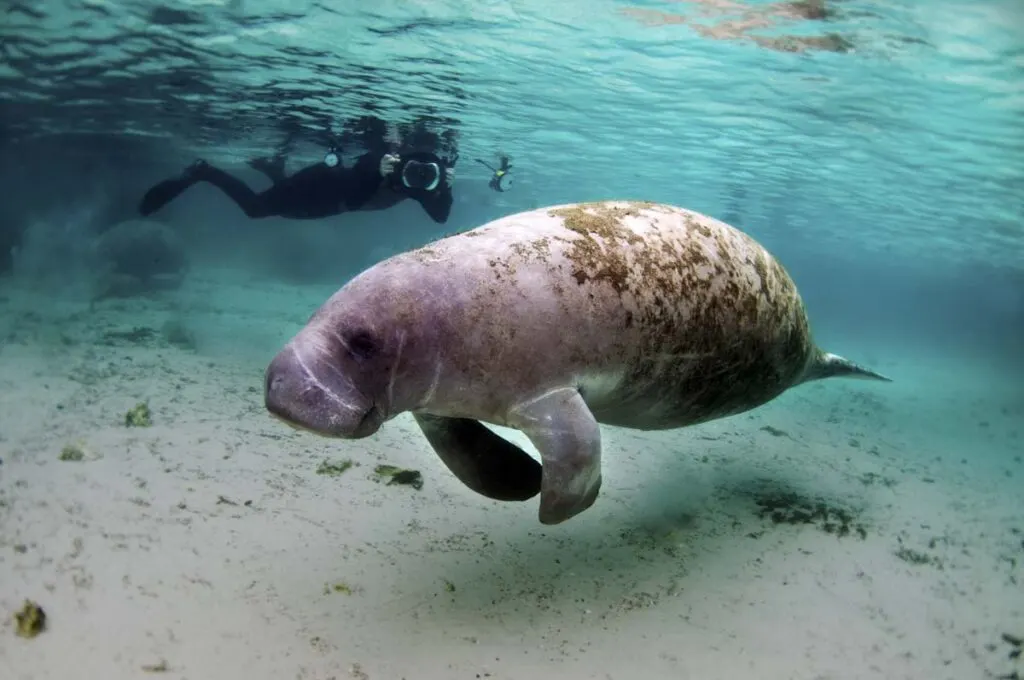
These aquatic mammals live in the coastal areas of the Caribbean from North America to northern South America.
These animals that start with W are large, reaching about 11.5 feet long. However, the largest individual on record measured 15 feet long.
Also, manatees are among the longest-living animals. In the wild, they live 50 years or more.
White-Tailed Eagle
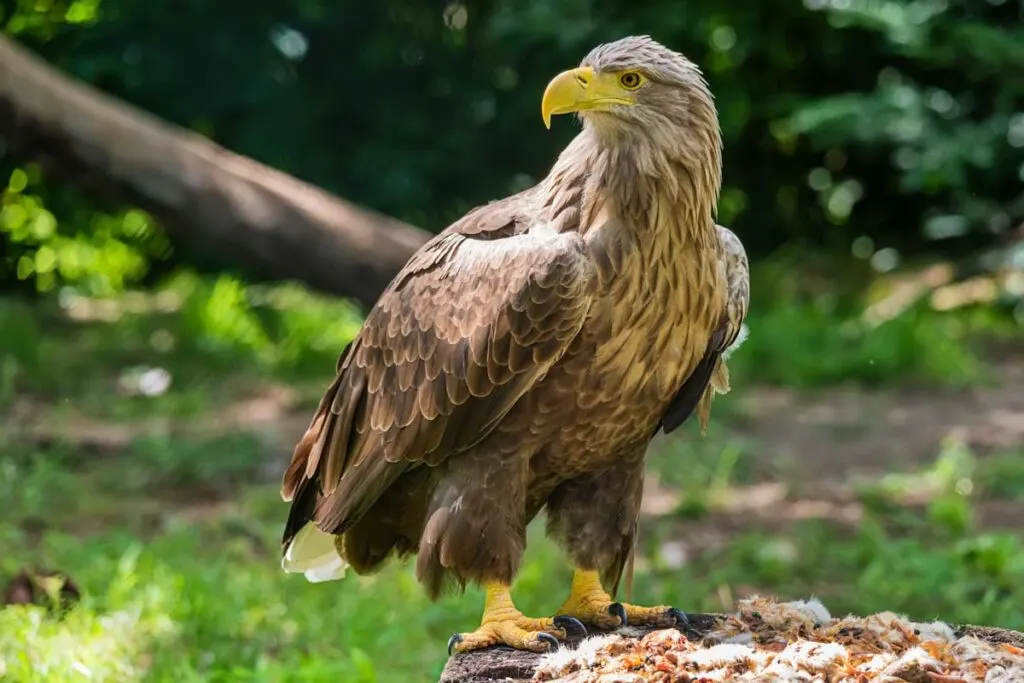
As one of the largest birds of prey in the world, white-tailed eagles can reach 37 inches long with a typical wingspan of 8 feet. They are also considered the fourth largest eagle in the world.
They have a wide range throughout Europe and Asia.
They usually live near large bodies of water where they can find fish and water bird species to prey on.
Both a powerful apex predator and an opportunistic scavenger, these eagles are considered a close cousin of the bald eagle, which occupies a similar niche in North America.
Wolverine
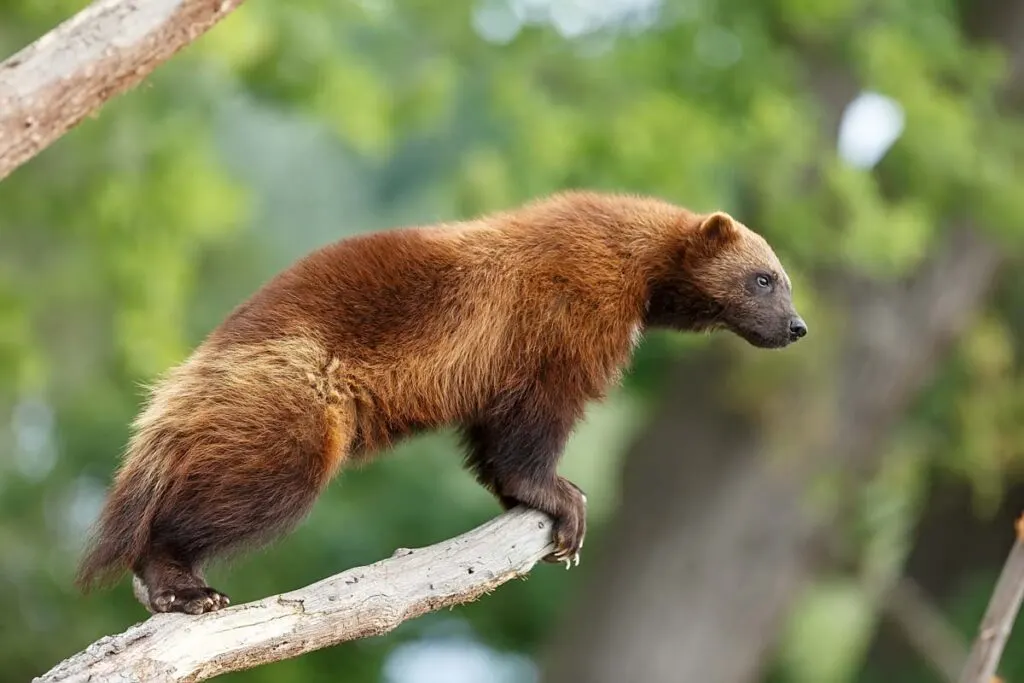
Wolverines are muscular carnivores and solitary animals.
These animals that start with W have a reputation for ferocity and strength out of proportion to their body weight, with the documented ability to prey on animals many times larger than themselves.
Wolverines live in alpine tundra and boreal forests in northern Canada, the United States, Nordic countries, and Russia.
Weedy Scorpionfish
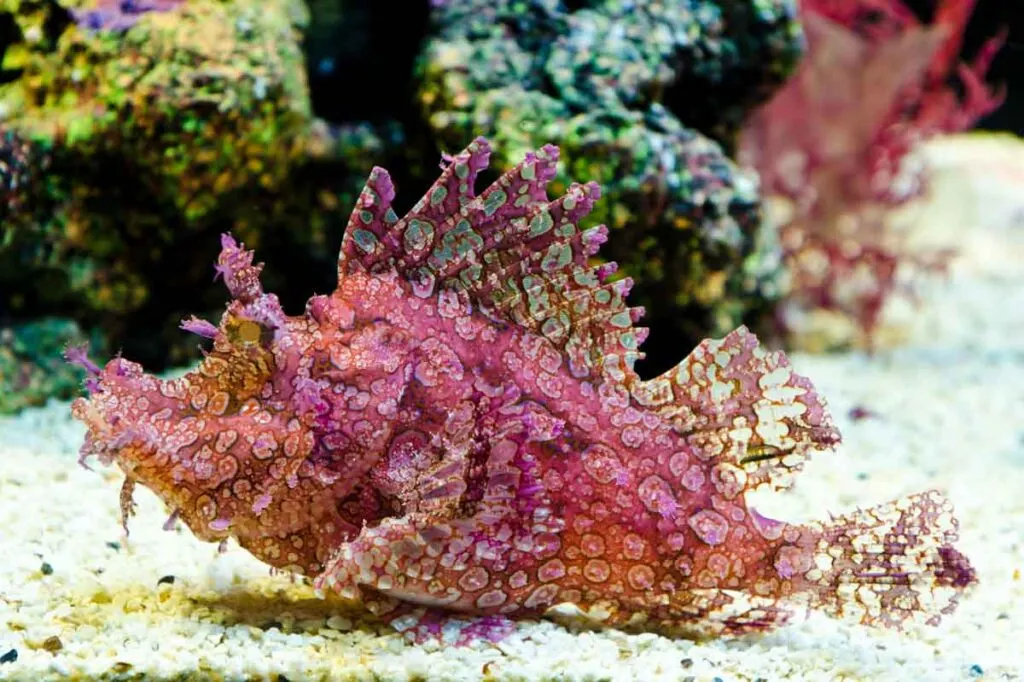
These animals that start with W are a species of marine ray-finned fish belonging to the family Scorpaenidae, the scorpionfishes.
These aquatic animals are found in the Indo-West Pacific. These nocturnal animals are ambush hunters and use camouflage to prey on fish and invertebrates.
White-Cheeked Turaco
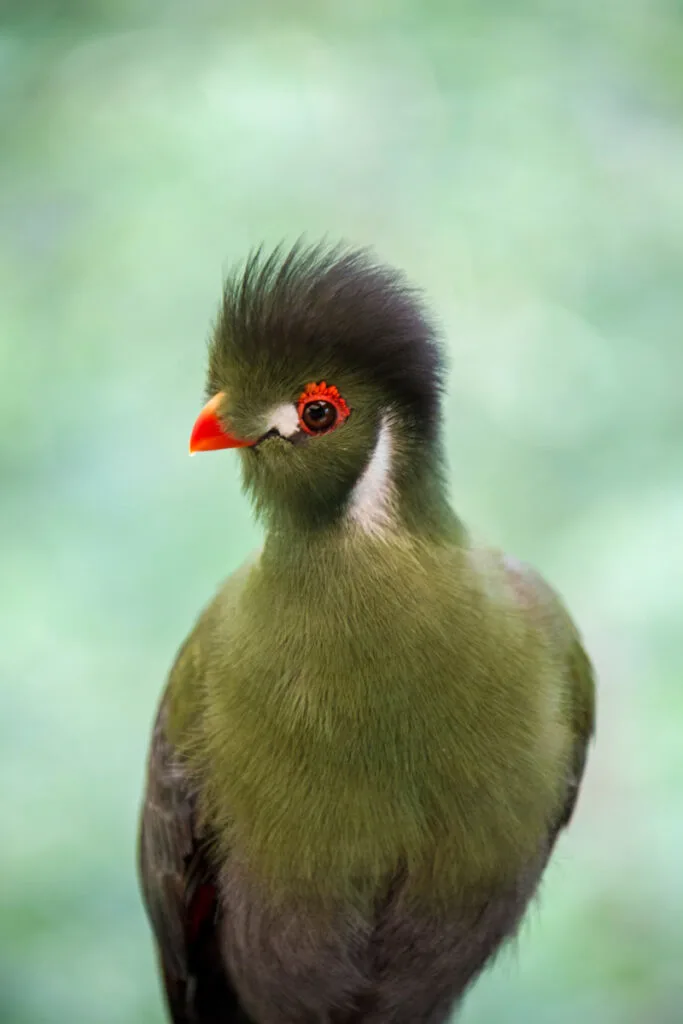
Native to eastern Africa, these beautiful birds are found in juniper forests and highland regions.
These animals that start with W are mid-sized species, measuring about 17 inches long, including a tail of 7.5 inches.
White-Tailed Gnu
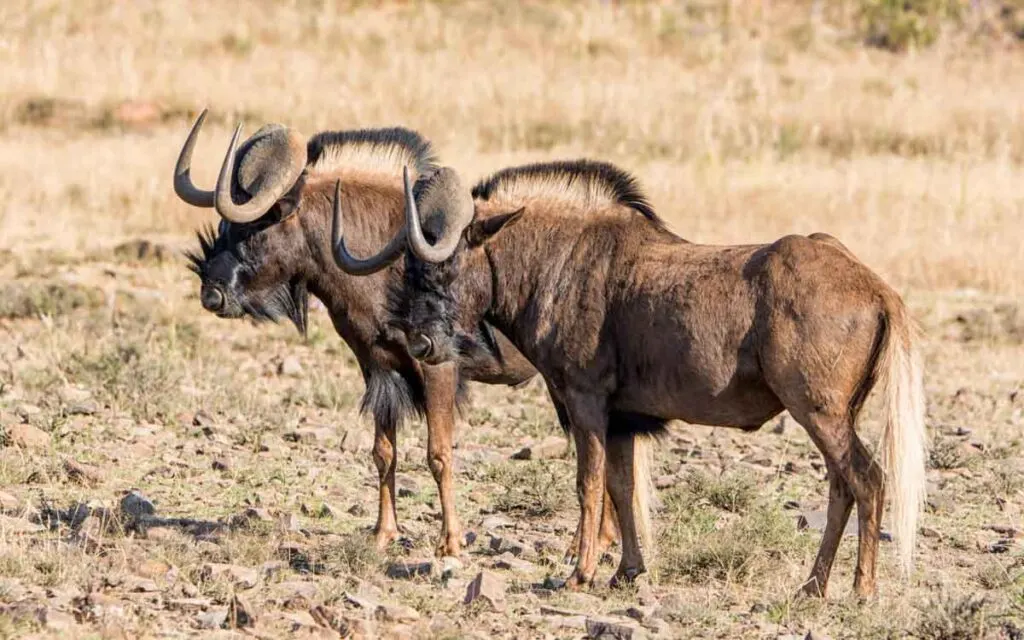
The word ‘gnu’ (pronounced as ‘new’) is of Afrikaans origin and translates into ‘wild beasts.’
Gnus are the largest species of the antelope family and have a peculiar body structure – they look just like thin muscular cows, with sloping backs and curved horns, making them one of the most exciting animals starting with the letter W.
Whooper Swan
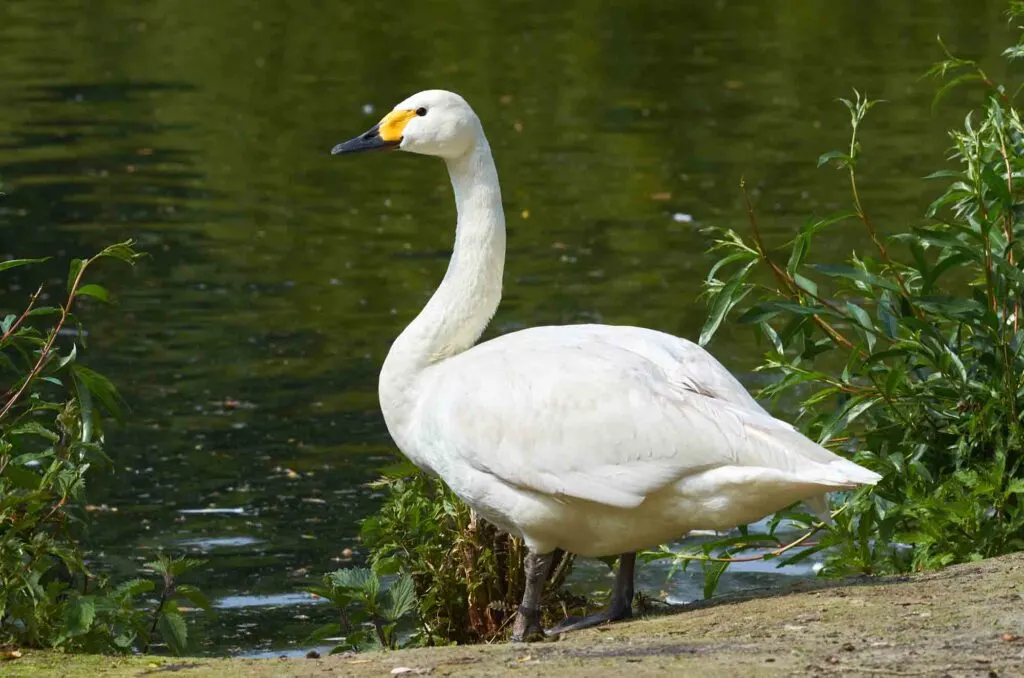
Whooper swans belong to the Anatidae family, which consists of ducks, swans, and geese. They are elegant-looking swans and have long necks with bright yellow beaks.
Their loud trumpet-like whooping calls make them easy and explain their name – whooper swans!
They are among the biggest birds in the world.
Wandering Albatross
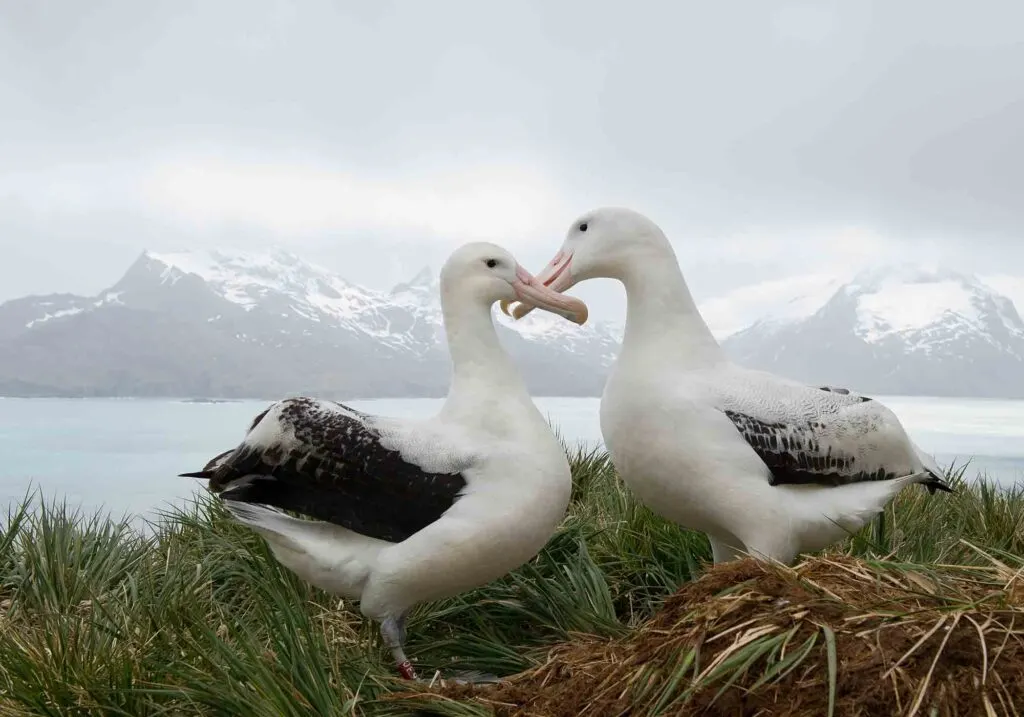
Albatrosses are the largest flying birds in the world.
Thanks to their mighty wings, they can fly for long distances (maximum 49,700 miles) without touching the ground.
The most exciting part about these birds? They can sleep even when they’re flying!
They prey on fish, squid, and other marine species.
White Cockatoo
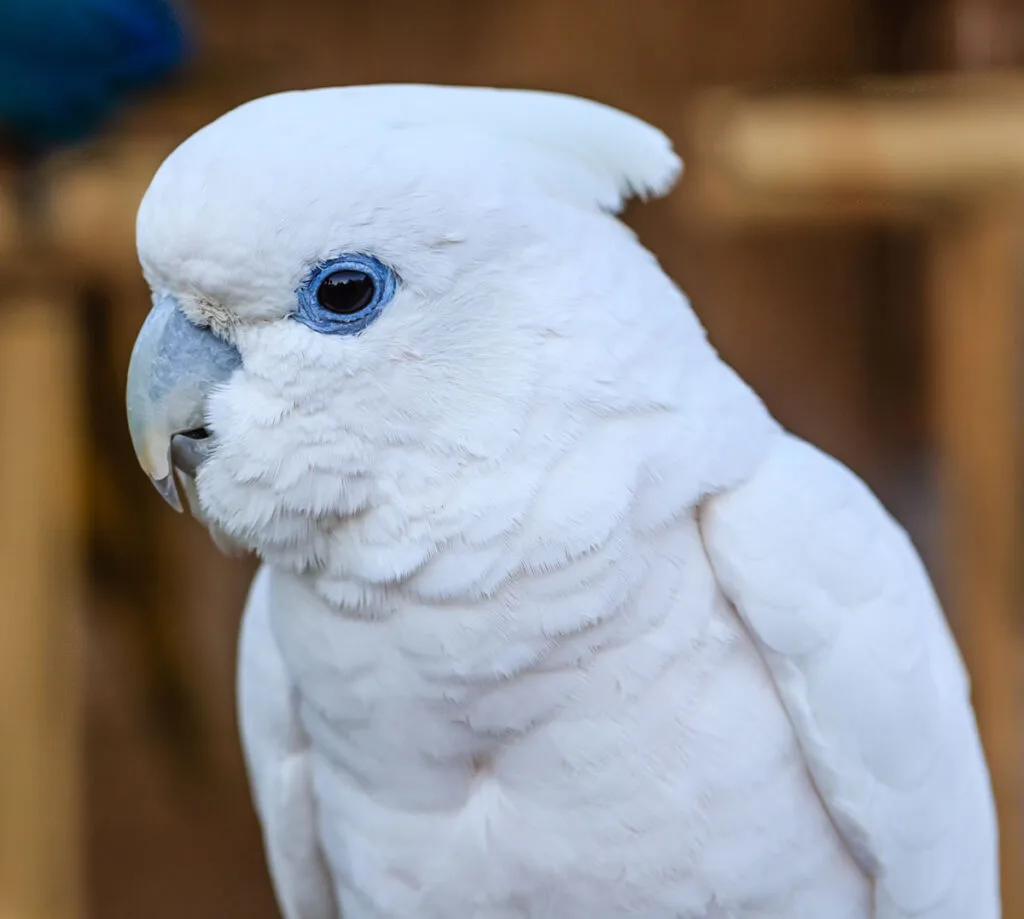
White cockatoos are also known as ‘umbrella cockatoos,’ as they have backward bending crests, which fan out like an umbrella.
These birds use their crest to communicate, indicating several intentions, such as calling out for their flock, expressing fear or curiosity, or even defending their flock!
White-Eared Hummingbird
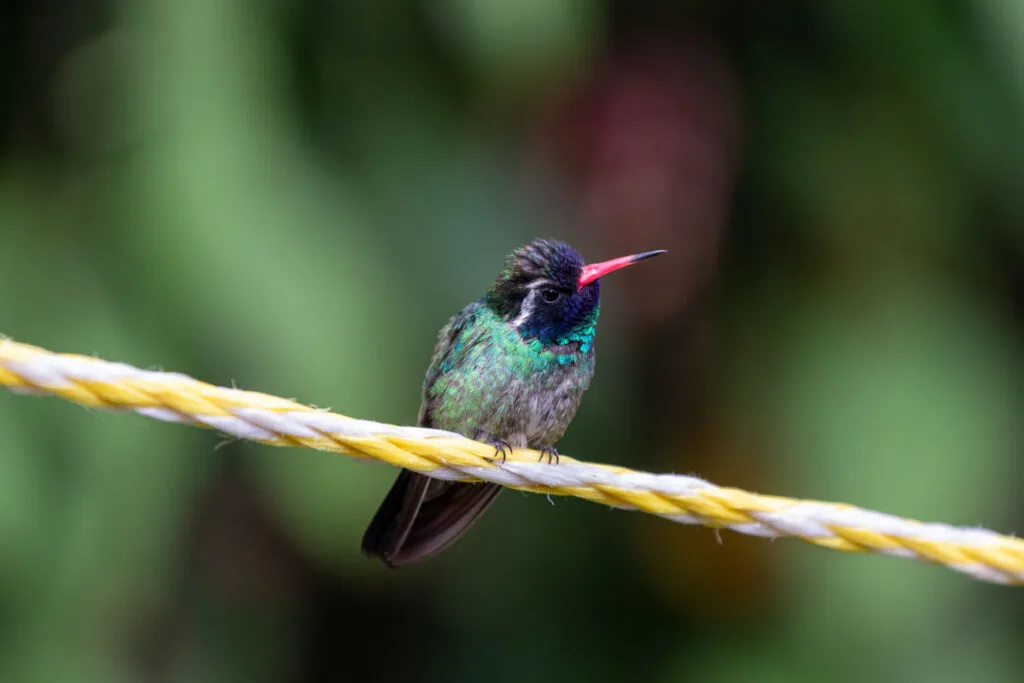
These colorful birds are a treat to the eye! They feature a palette of colors such as iridescent green, metallic violet, and black, with a white belly.
During the breeding season, the female white-eared hummingbird lays two white eggs that measure only up to 0.5 inches in length, making these birds the smallest animals starting with the letter W.
White-Tailed Deer
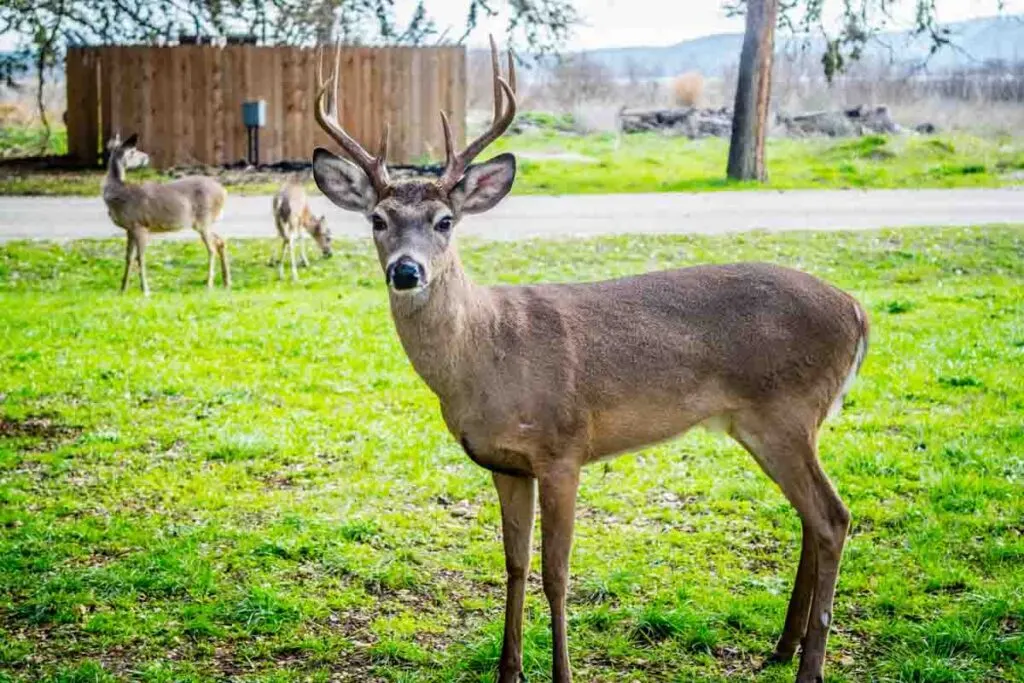
These deer have peculiar bushy tails with a white underside.
Adult white-tailed deer have a bright reddish coat during summer, fading to a grayish-brown color in winter.
Male deer are easily recognizable, thanks to their extensive antlers, which grow yearly and fall off in winter.
White-Faced Saki
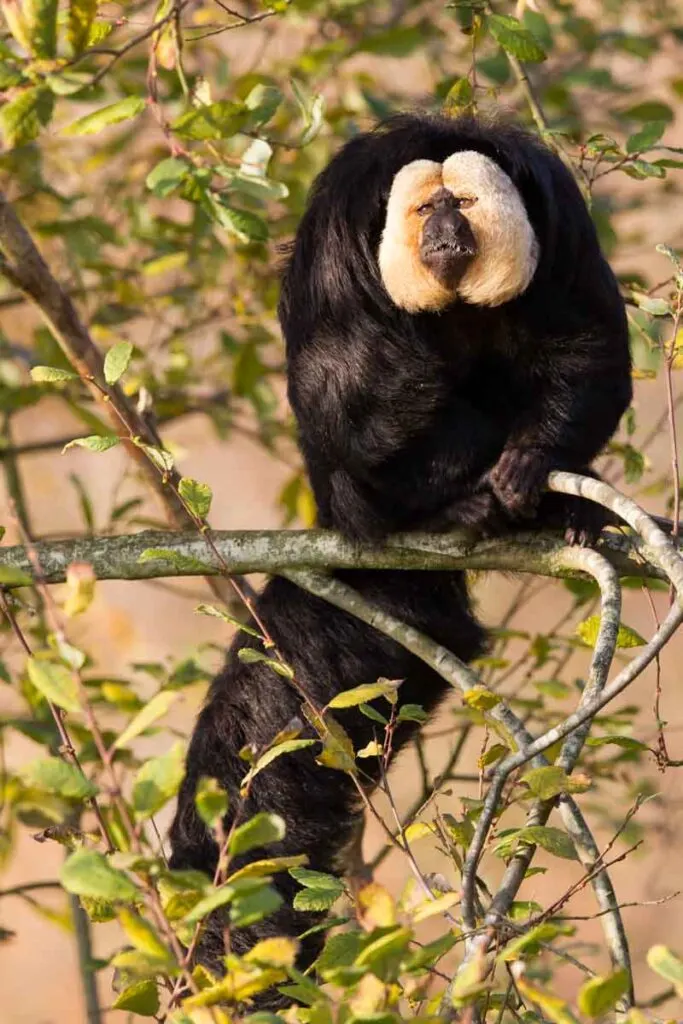
Sakis are also known as ‘flying monkeys’ and can lead almost 30 feet between branches.
After birth, every white-faced saki is brown. However, young males begin to change their color as they grow, with a black body and white face.
The females remain brown for the rest of their lives.
White Hawk
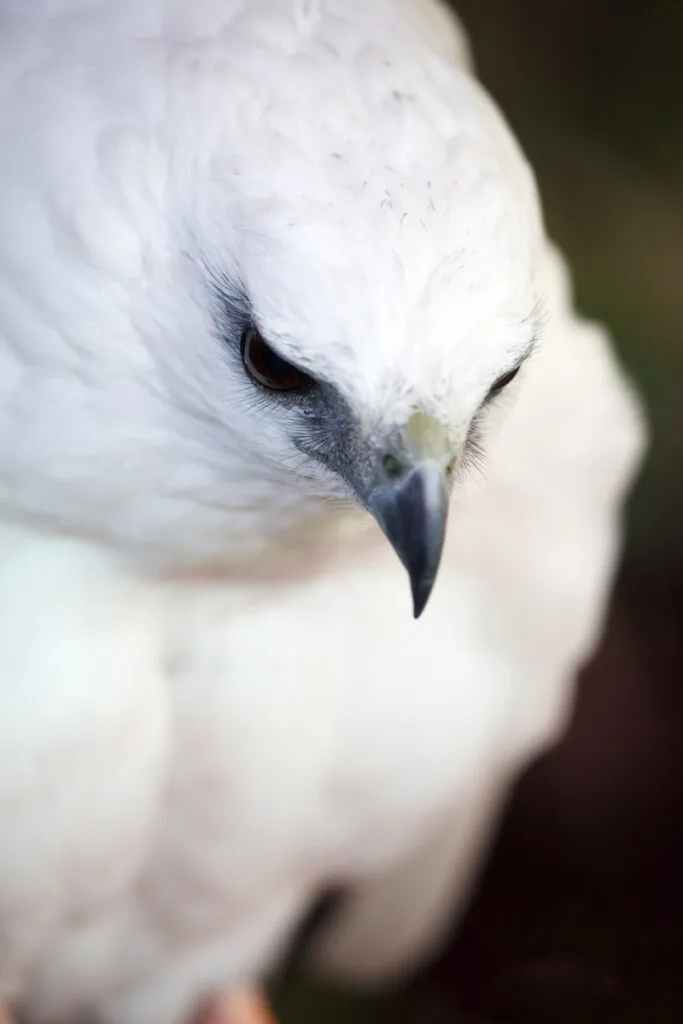
White hawks have white heads, bodies, and underwings. They have a short black tail that features a broad white band – when in flight, these hawk types are a sight to behold!
Solitary and diurnal, these birds are often spotted soaring high, primarily alone, but sprinkled in pairs sometimes.
White-Tailed Ptarmigan
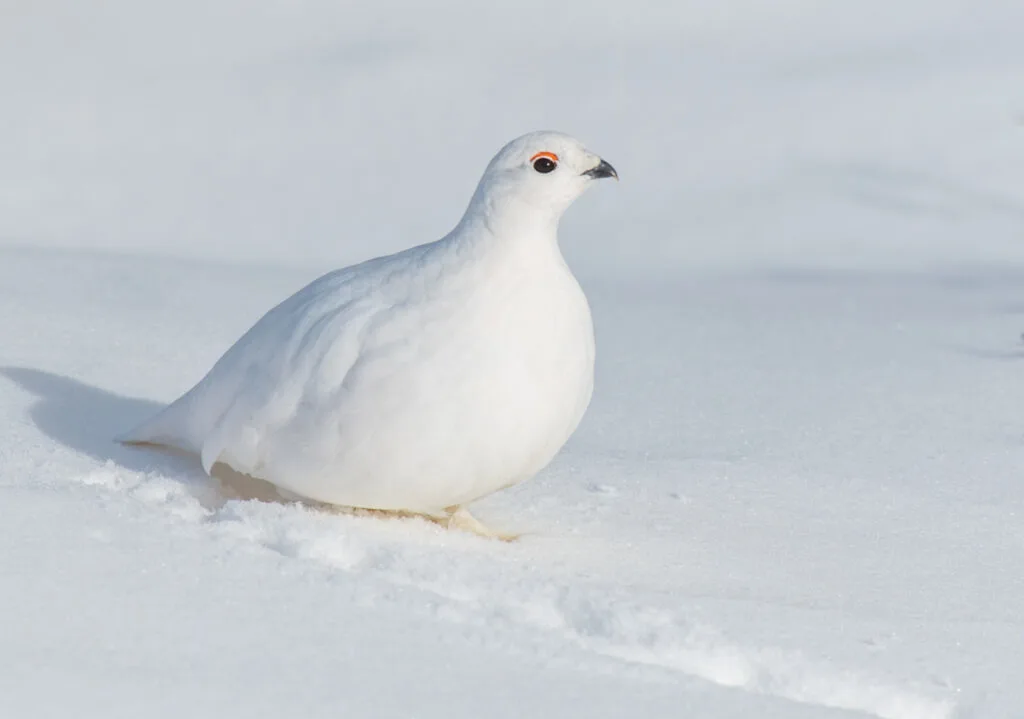
The white, cryptic coloration of the white-tailed ptarmigan makes it easier for them to blend in the snow.
Besides a red comb above the dark eyes of male ptarmigans, these birds are entirely white in winter.
To keep themselves warm, white-tailed ptarmigans usually burrow themselves into the snow.
Winter White Dwarf Hamster
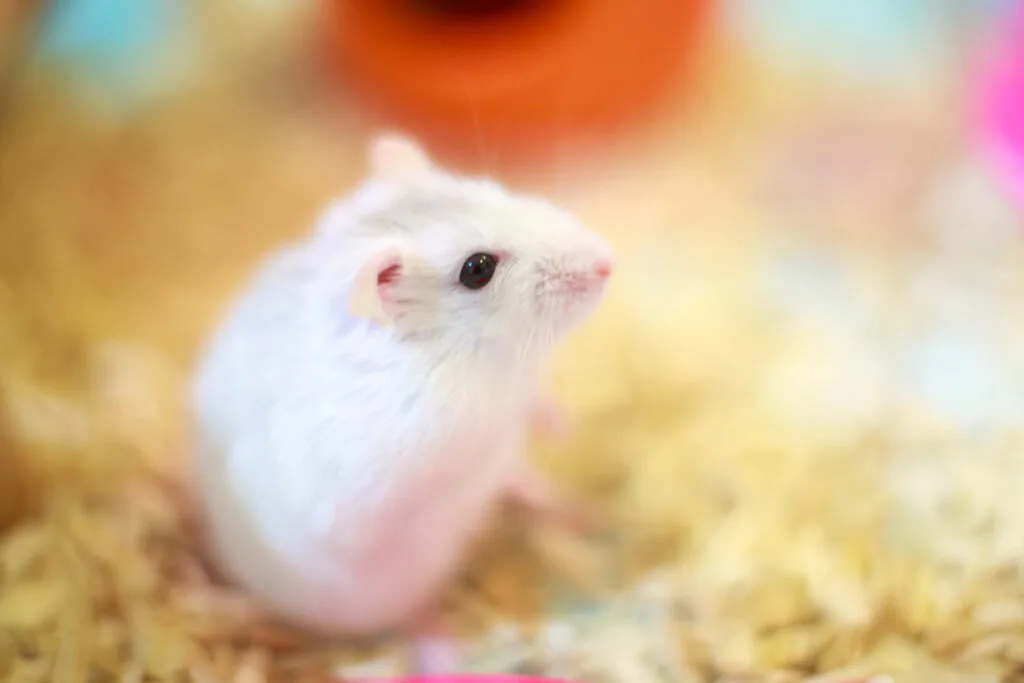
White dwarf hamsters grow only up to 3-4 inches long.
The coat of the winter white dwarf hamsters turns white only during winters, and the rest of the year, you’d find them with gray-brown coat color and a dark stripe on their back.
Western Diamondback Rattlesnake
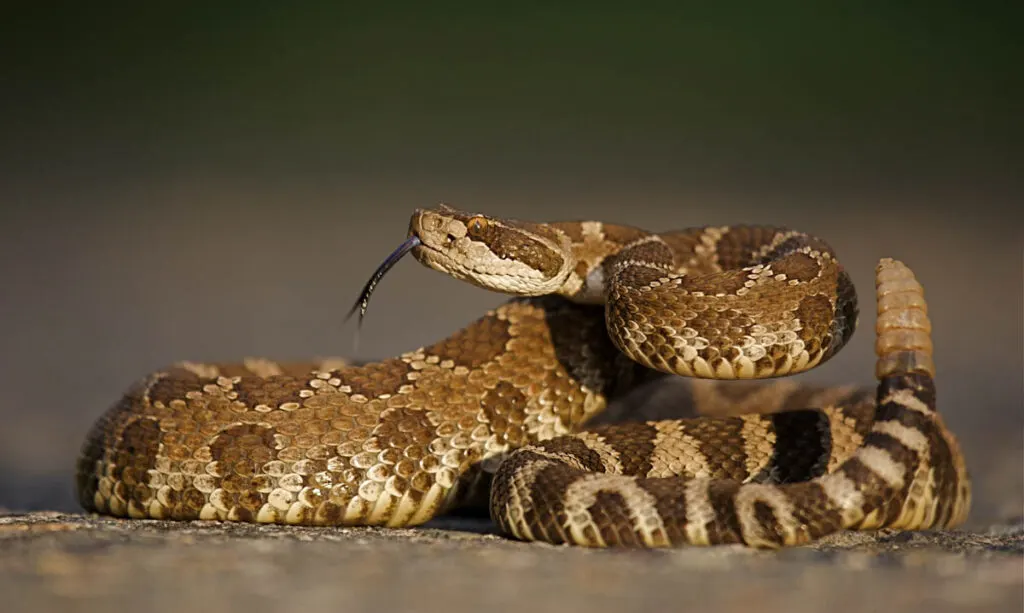
The western diamondback rattlesnakes feature a series of black and white bands just above their rattles.
They have heat-sensing pits in their faces that help them detect prey, even in the dark.
Western Capercaillie
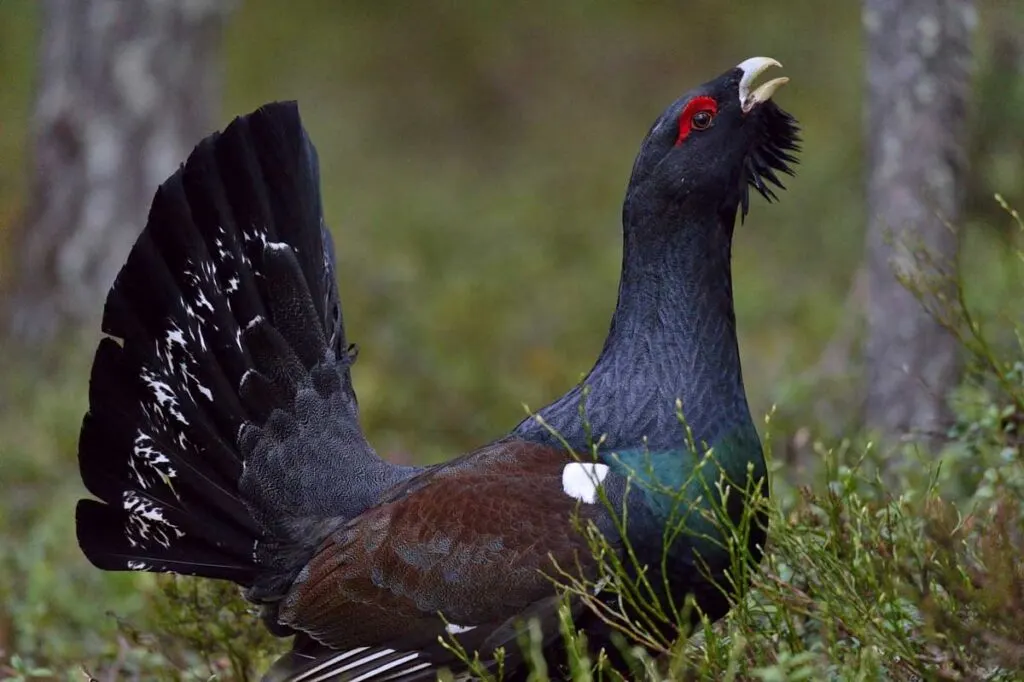
Western Capercaillie is the largest of all the extant grouse species and is typically found across Europe.
Males and females can be easily differentiated, courtesy of the vast difference in size and color. These birds are diurnal and limit their activity to daytime only.
Wooly Monkey
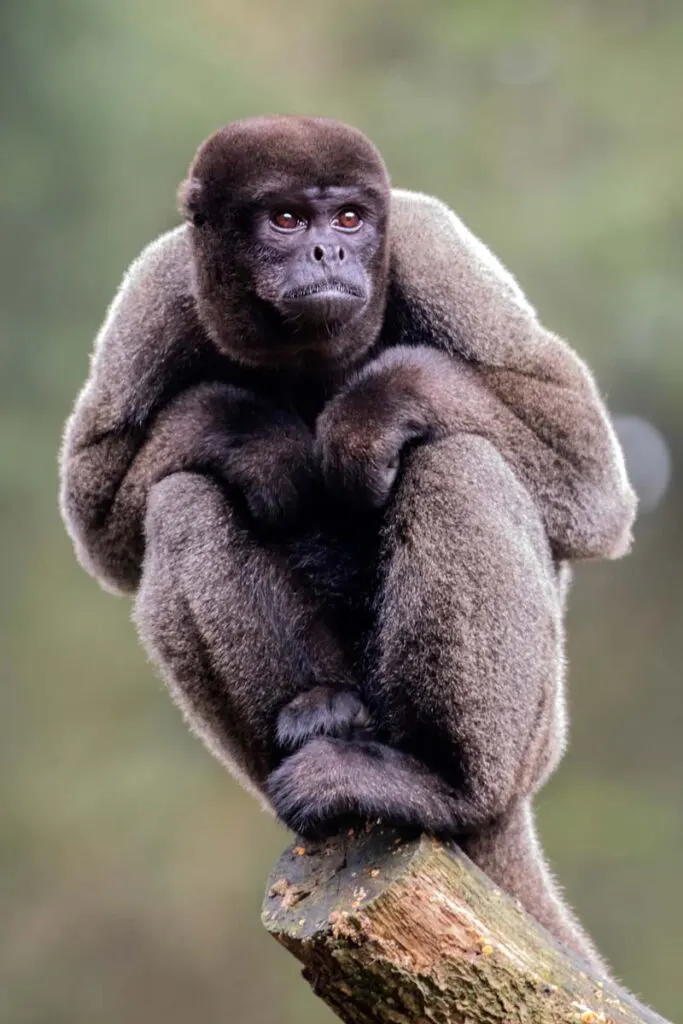
Woolly monkeys are characterized by round heads that are darker than their bodies, large eyes, and expressive faces.
Initially, there were four varieties of woolly monkeys, but now, only two are commonly spotted in their natural habitat.
Due to excessive exploitation, this breed of monkeys is considered to be an endangered species.
Wilson’s Warbler
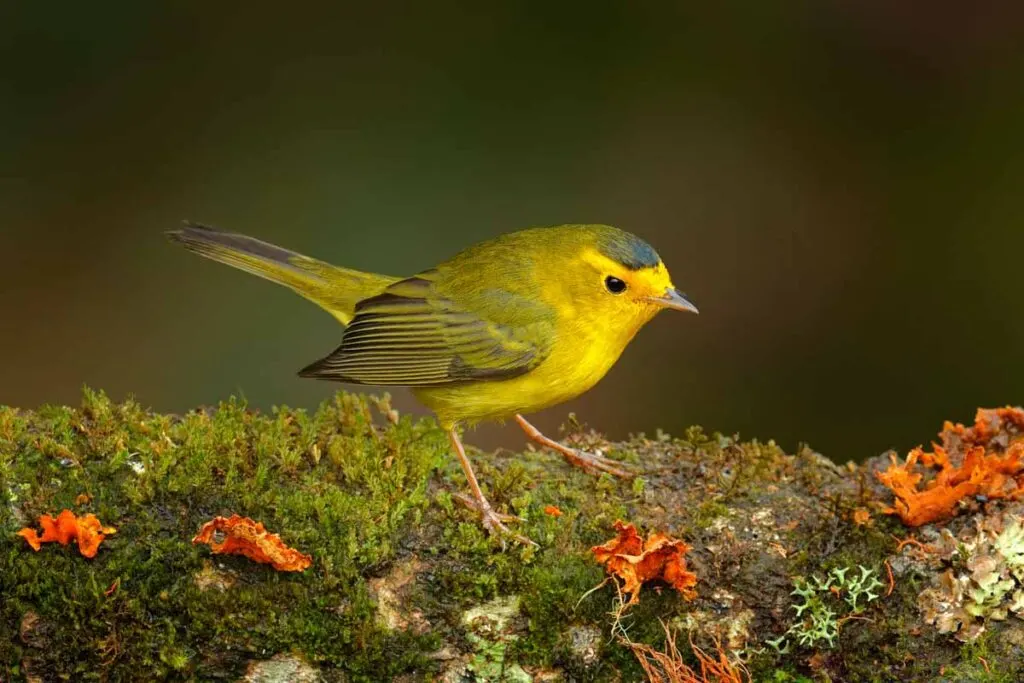
These tiny, attractive birds are typically found in bushes and on trees and are the smallest and brightest member of the warbler family.
The males usually feature a black crown path, absent among females.
White Rhino
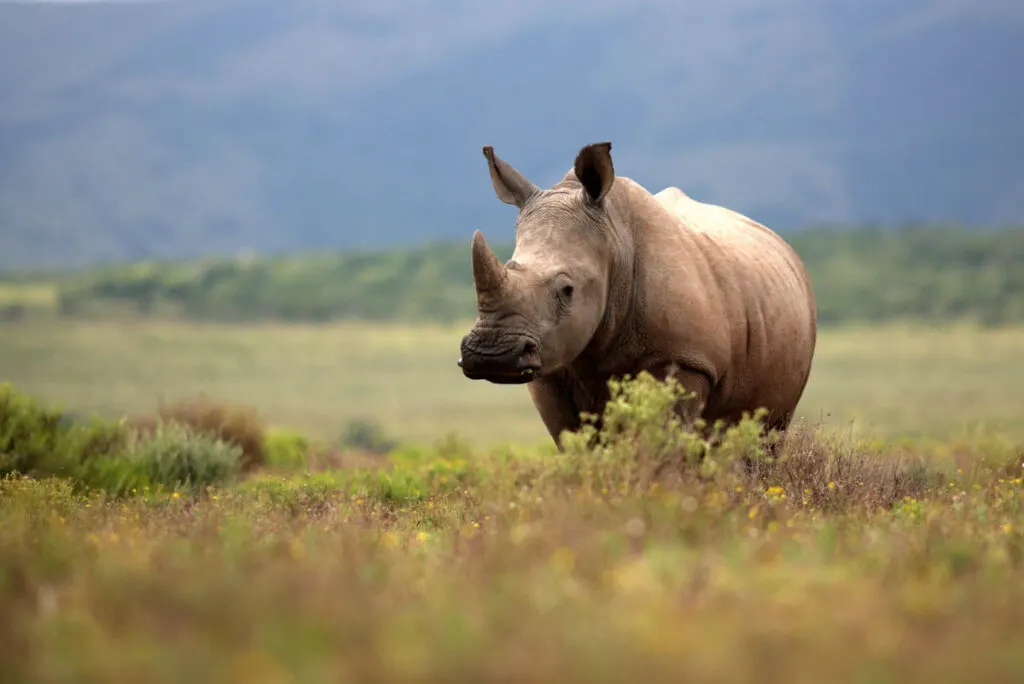
White rhinos are the second largest land mammals. They are also known as square-lipped rhinos, having a square upper lip with almost no hair.
They can weigh over 3 tonnes and have a 40-50 years lifespan. White rhinos live in sub-Saharan Africa.
Wall Brown Butterfly
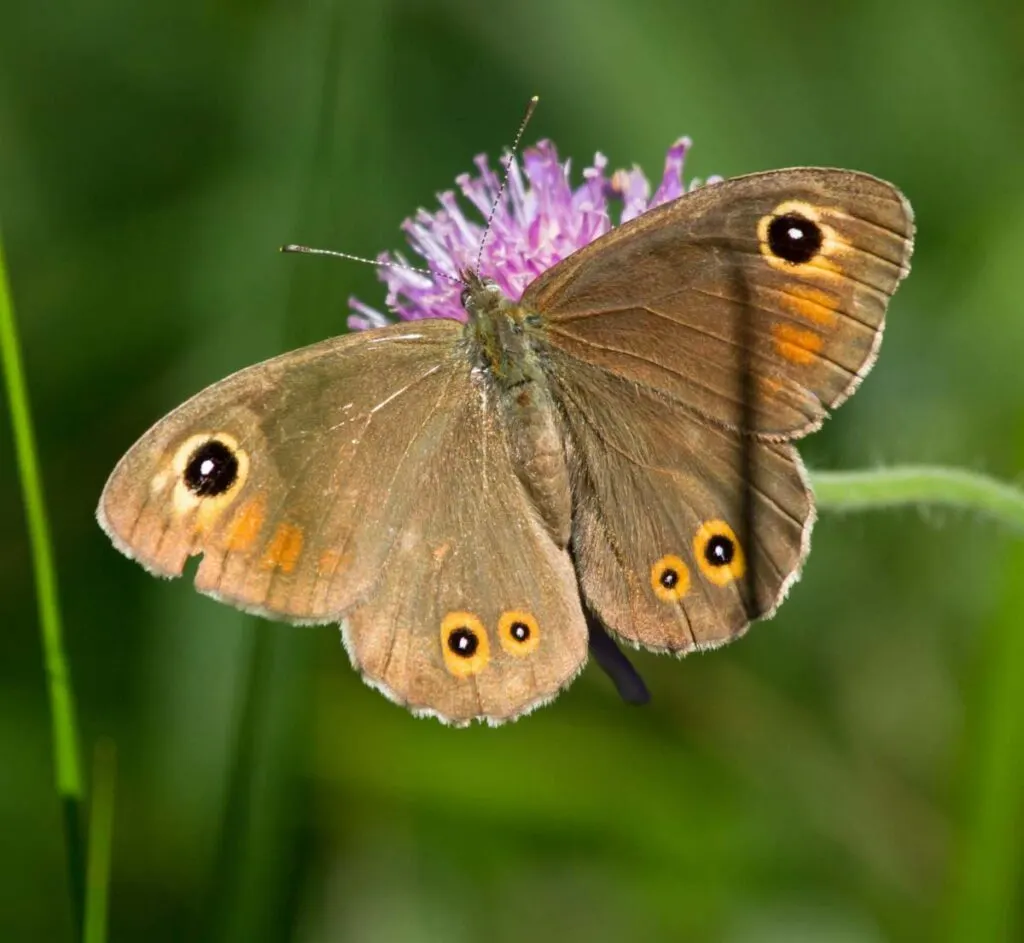
These medium-sized butterflies get their name from the habit of resting on walls with their wings open.
They love sunbathing, are primarily spotted in coastal areas, and are one of the most pretty animals, starting with the letter W.
White-Throated Toucan
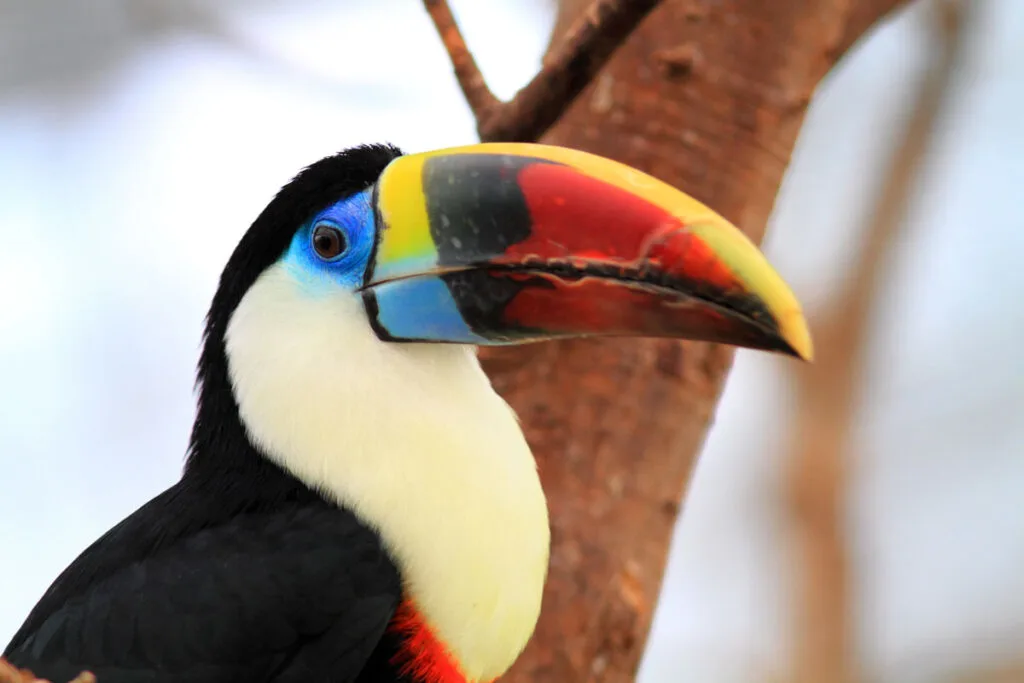
The white-throated toucans occur naturally throughout the Amazon basin in South America, as they prefer humid tropical forests.
Just like other toucans, these toucans, too, are brightly marked and have a huge bill. Males are slightly larger and long-billed as compared to female toucans.
Willie Wagtail
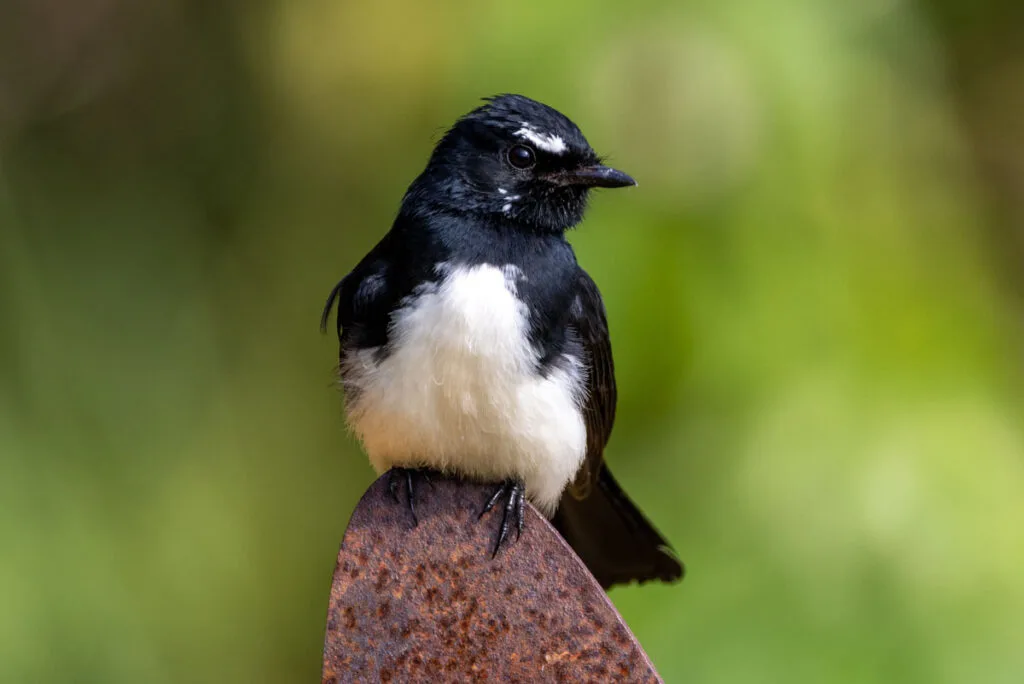
A passerine bird native to Australia, Eastern Indonesia, and New Guinea, thick forests are the willie wagtails’ natural habitat.
These birds, however, are very social animals and can be spotted even in urban areas. They are super energetic and always on the move.
Web-Footed Gecko
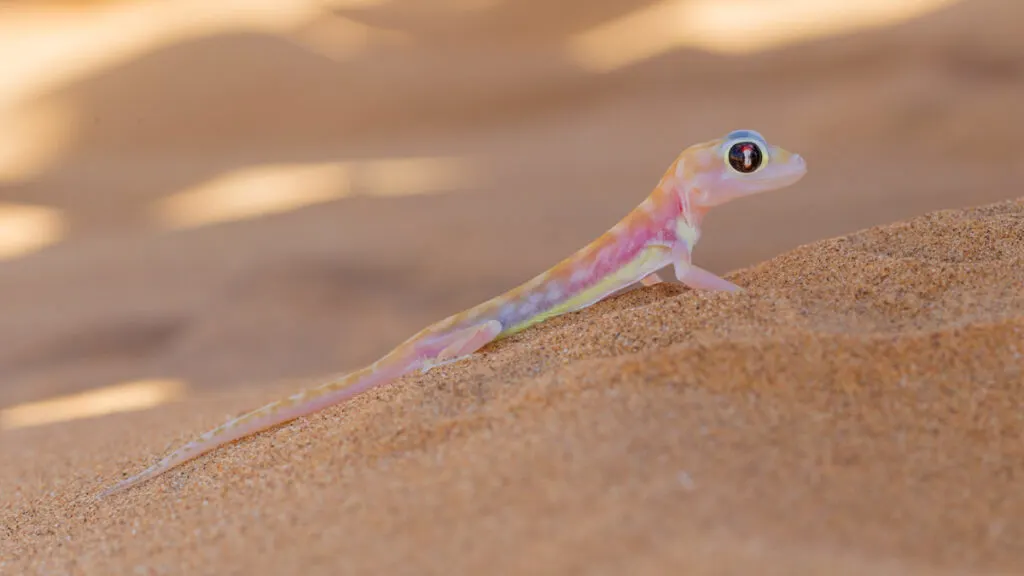
Web-footed geckos are endemic to the Namib desert and can also be found near coastal areas.
They can grow up to 5-6 inches in length and feature unique characteristics – slender bodies, flat dorsal heads, and big dark eyes with no eyelids.
Walrus
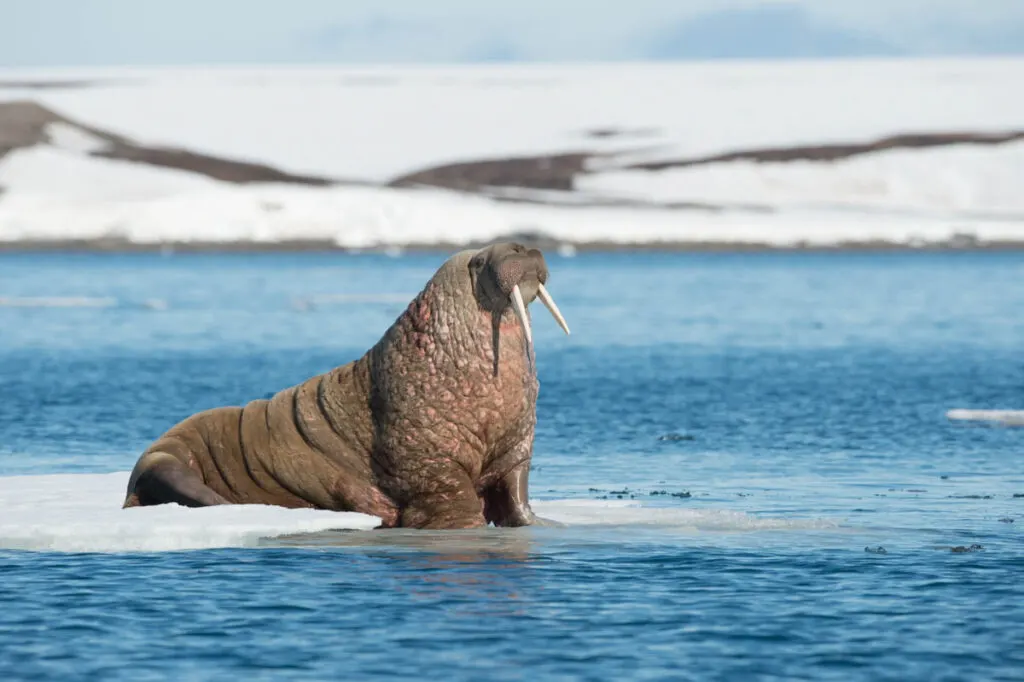
Walrusses live in the polar regions and subaquatic seas of the northern hemisphere.
Both male and female walruses have tusks, which they use to haul themselves out of the water into the sea.
Their tusks also help them breathe on ice and fight other aquatic mammals and predators.
Whitetip Reef Shark
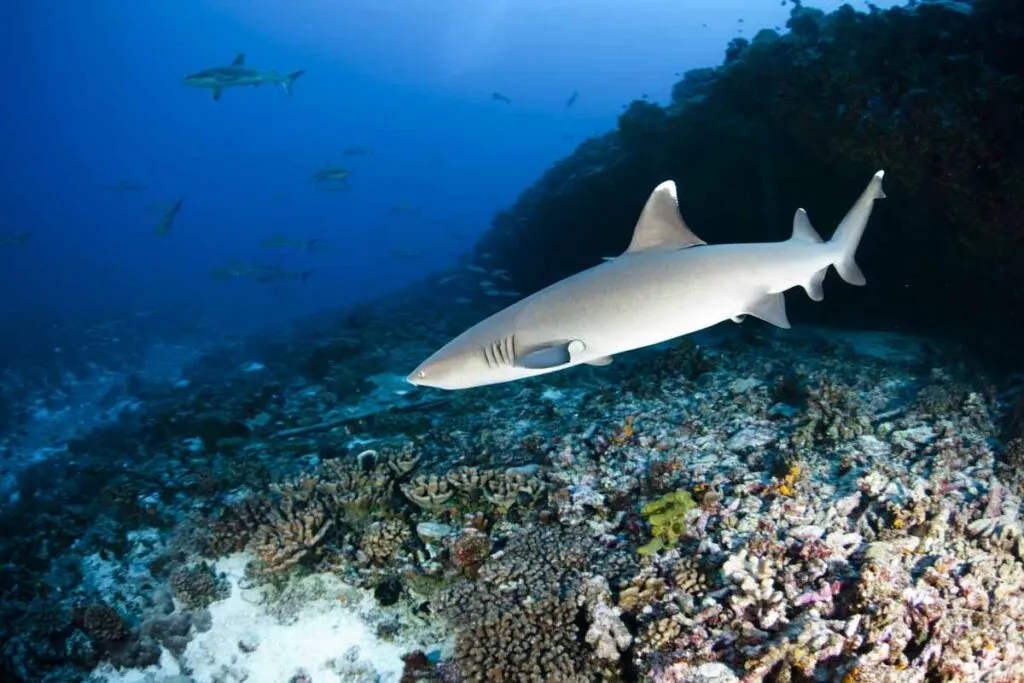
Small and grayish, the whitetip reef sharks have a sleek and slender build. They can be easily identified, as they have white marks on the tips of many of their fins.
They prefer living in shallow waters. As the whitetip shark is known to be one of the few requiem sharks, it is generally friendly with humans and does not show any signs of aggression toward them.
Western Screech Owl
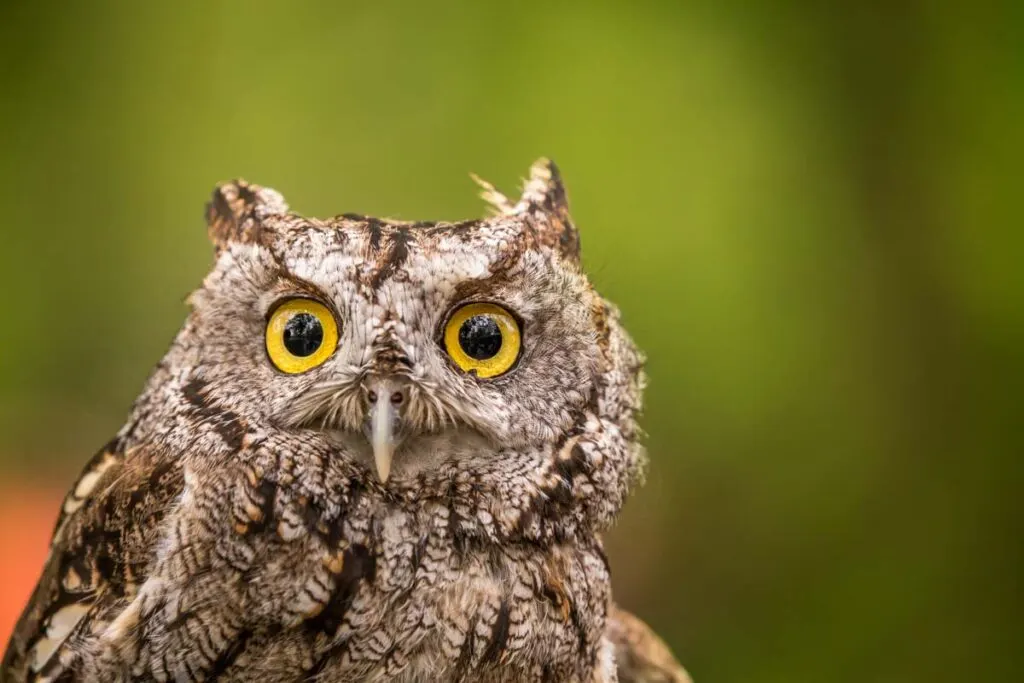
Native to Central and North America, the western screech owl is closely related to the eastern screech owl.
These types of owls are small in size, but they have loud, high-pitched distinctive calls – hence the name ‘screech’ owls!
White-Throated Needletail
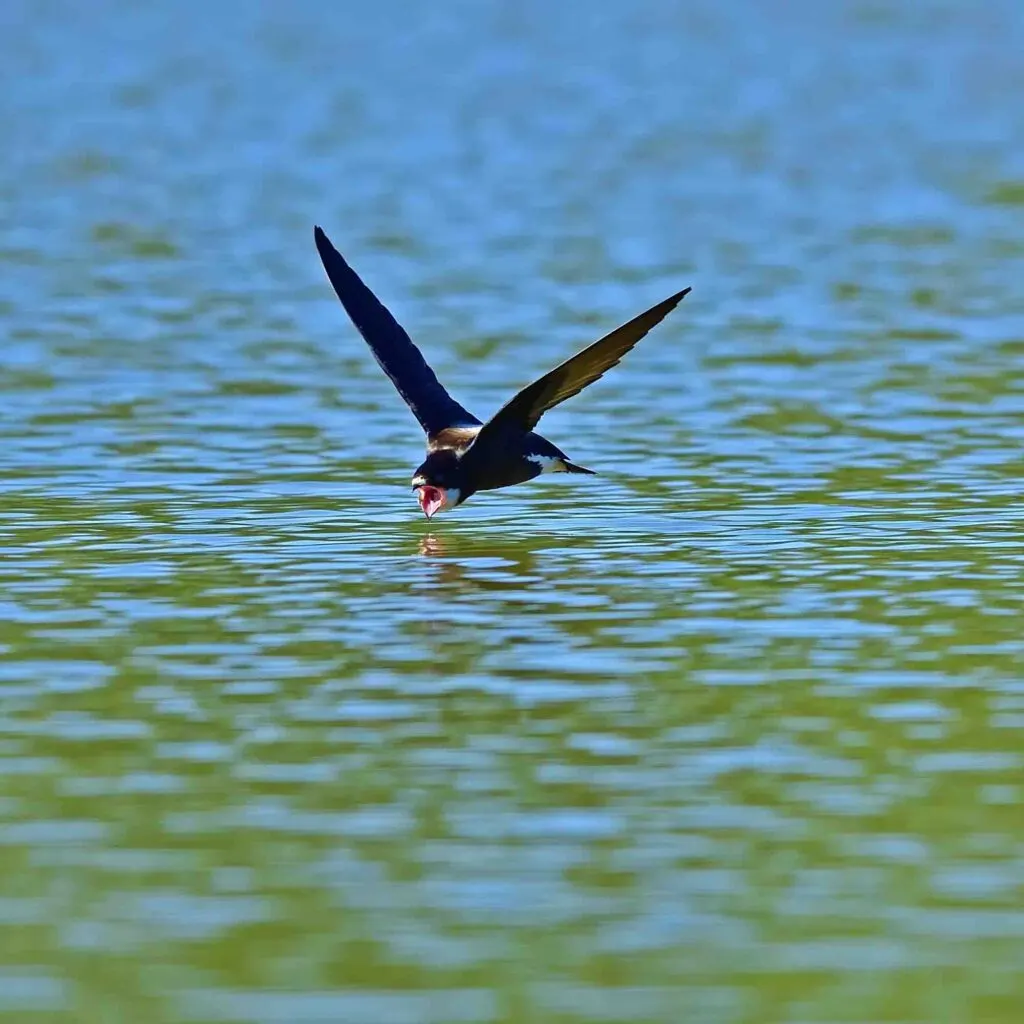
The long curved wings, short tail, and white markings of the white-throated needletail make it easy to identify this bird.
As one of the fastest birds, they can fly at speeds up to 105 miles per hour and migrate to Australia annually in October for breeding purposes.
Warthog
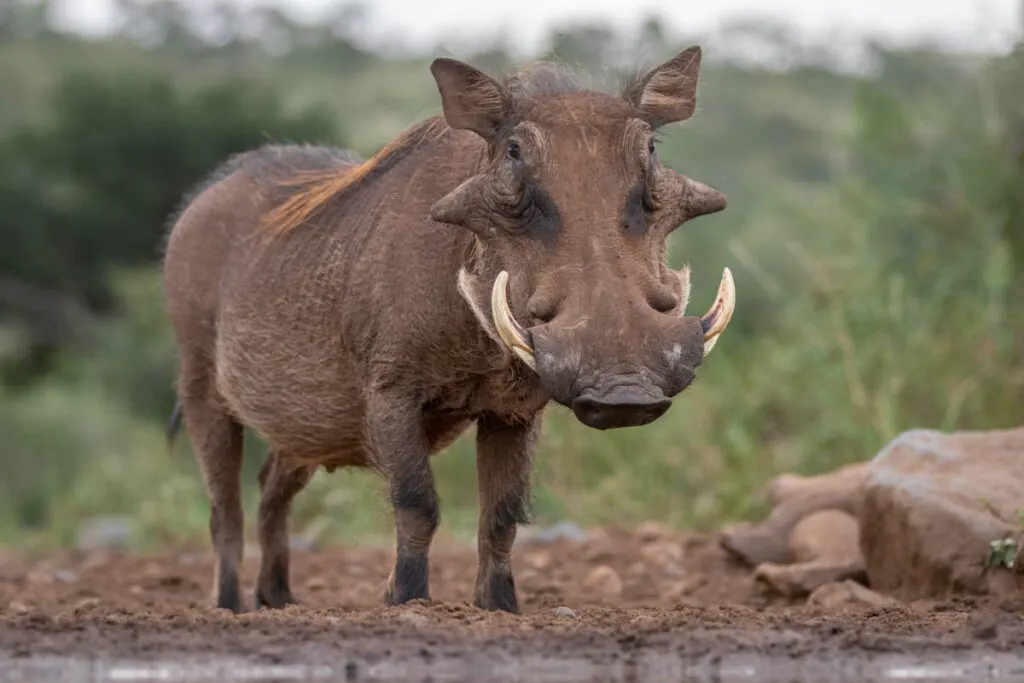
Warthogs have many unique features – they have four sharp tusks, sparse hair, and large flat heads – thanks to which you can easily spot them on a safari!
They love water and mud, and you’ll often find them cooling themselves in water bodies or muddy areas.
They are tough, tenacious, and may appear carnivorous – but they are actually herbivores! All features of the warthogs make them one of the most peculiar animals starting with the letter W.
Water Buffalo
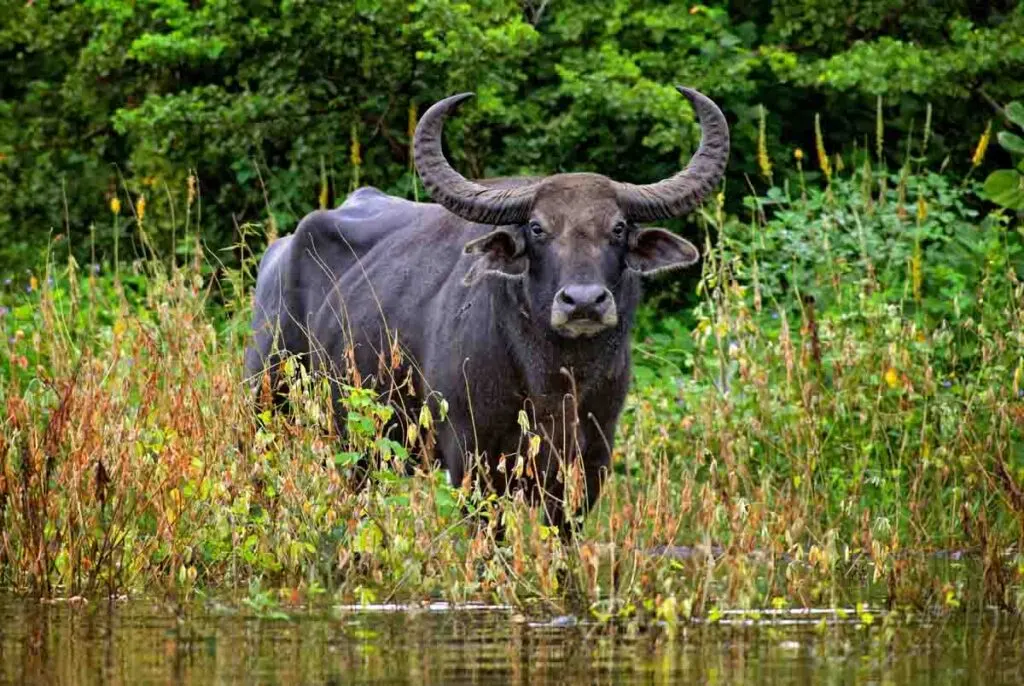
Water buffaloes are nothing like their domesticated counterparts – they are fast, wild, and aggressive!
They are capable swimmers and often spend most of their time submerged in water or mud.
They’re gutsy and don’t think twice before facing off with their only natural predators – tigers and lions – making them one of the most fearless animals starting with the letter W!
Western Gorilla
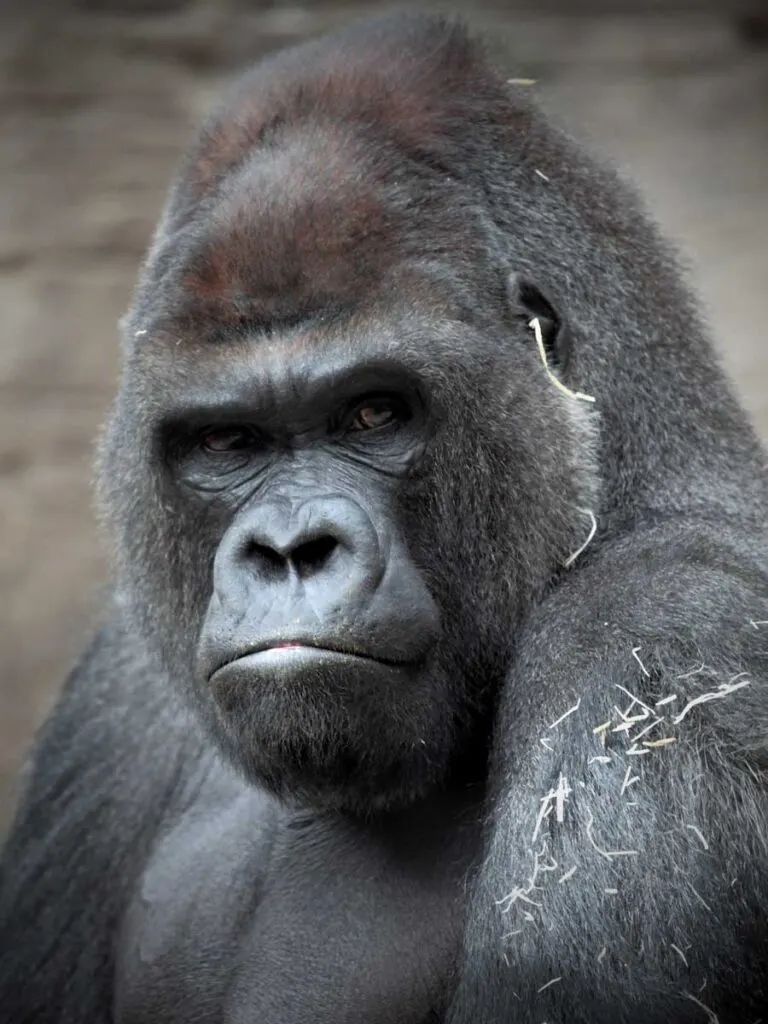
Western gorillas (Gorilla gorilla) are giant and have reddish or grayish-brown hair on their entire body, except hands, feet, soles, and upper chest.
Adult gorilla males weigh around 400 pounds, and females can grow up to 225 pounds. In captivity, these gorillas can live up to 40 years.
The population is recognized as two subspecies: Western lowland gorilla and cross river gorilla.
White-Tipped Quetzal
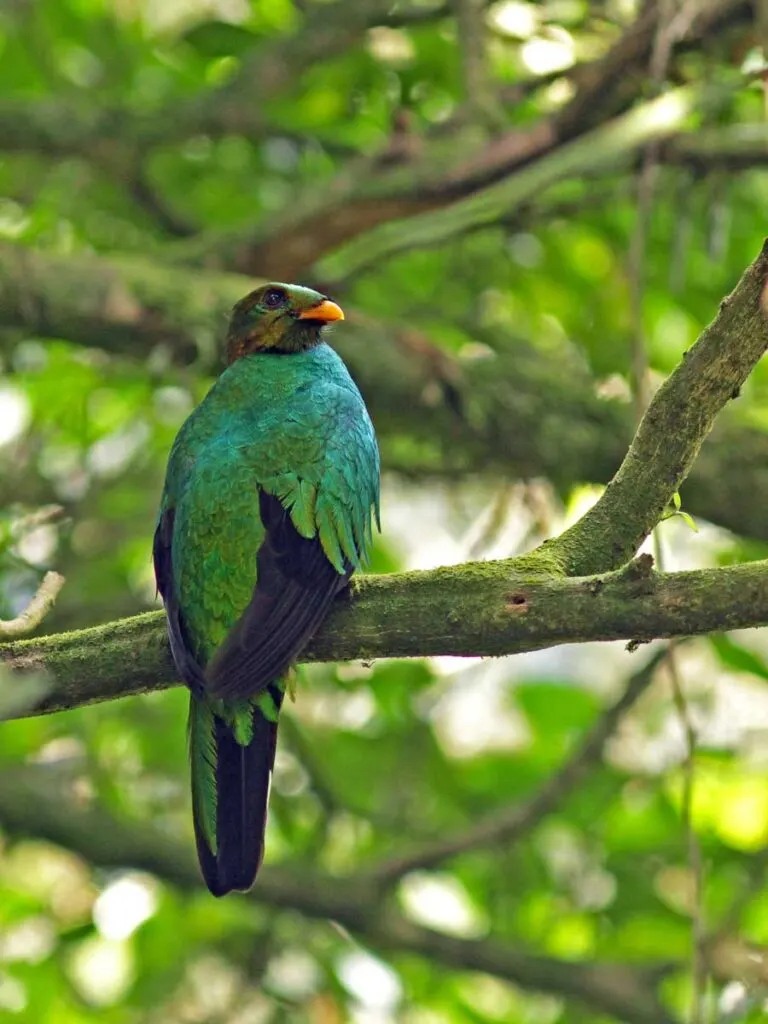
This bird species is found only in Venezuela, Colombia, and Guyana. They love living in the mountains and are often spotted nesting in mountain trees.
From the entire clan of quetzals, the white-tipped quetzals are super easy to identify, thanks to their beautiful feathered white undertail.
Whitecheek Surgeonfish
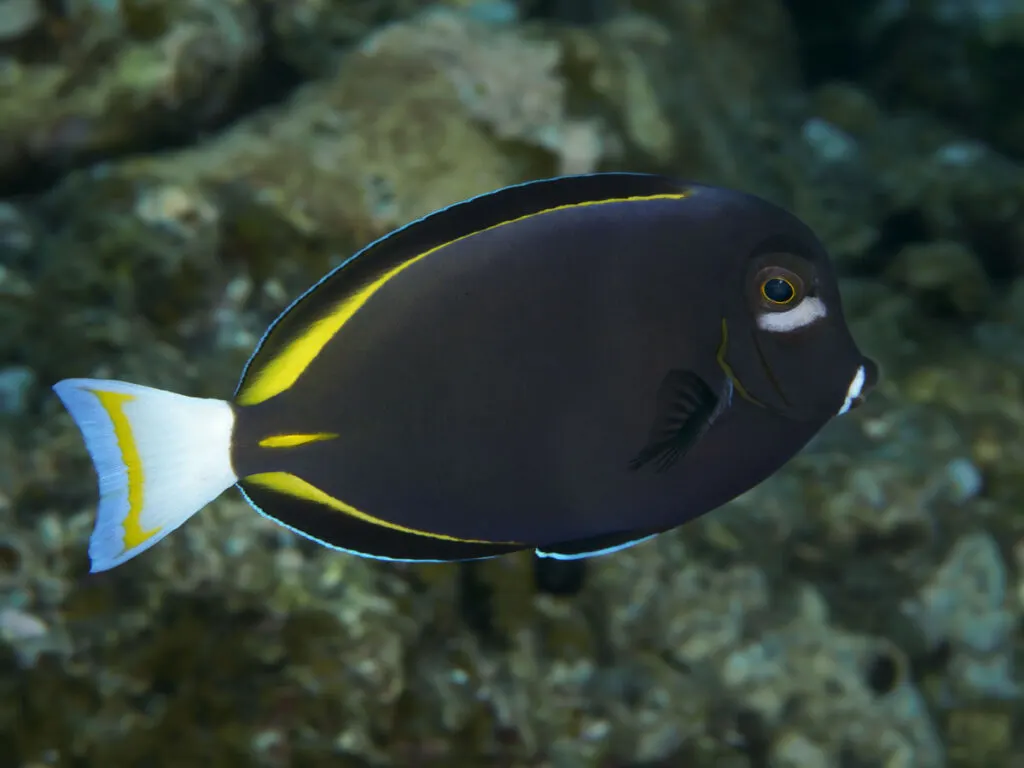
Whitecheek surgeonfish are also known as gold-rimmed surgeonfish. A yellow stripe runs along the body of these fishes, forming a distinctive wishbone-shaped marking.
These fish tend to be aggressive towards fish from their own clan but are cordial with other species.
If kept in captivity, these fish require an aquarium with a 125-gallon capacity and must be fed the proper diet to ensure they survive.
White-Winged Fairywren
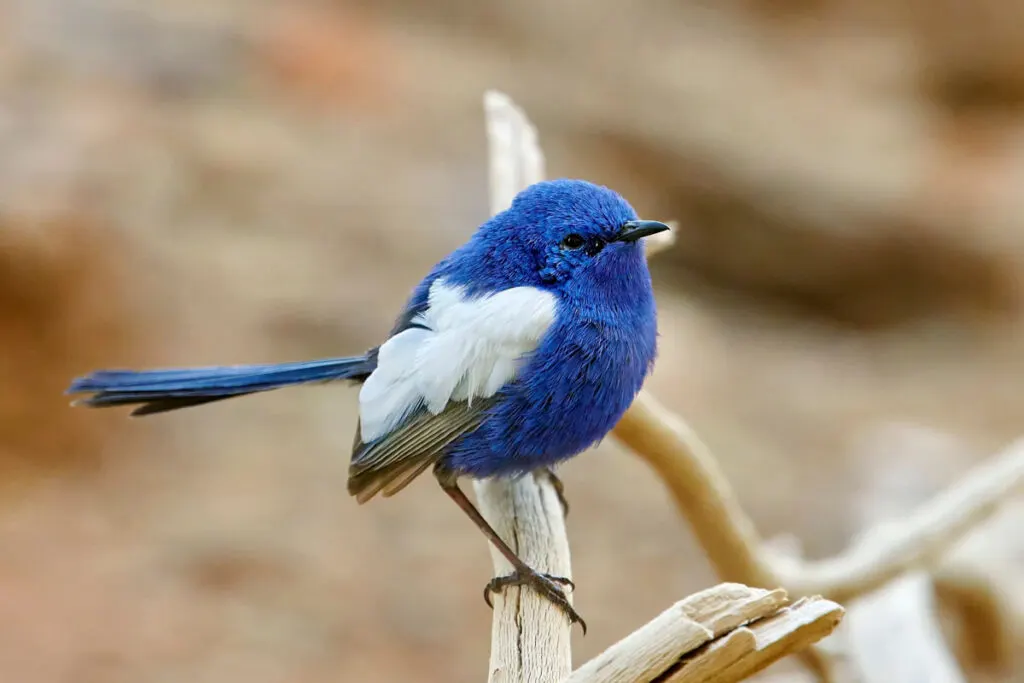
White-winged fairywrens are a species of songbirds belonging to the wren family. They are social birds and are often spotted in groups of two to four birds.
The stringing white and blue plumage of the male fairywrens makes them very easy to spot—the average lifespan of fairywren spans around two years.
Animal Alphabet List
Animals With W
We hope you appreciated this fun list of animals starting with W! Feel free to share it with your friends on social media.
Did we miss any animals beginning with W? Let us know in the comments below!
